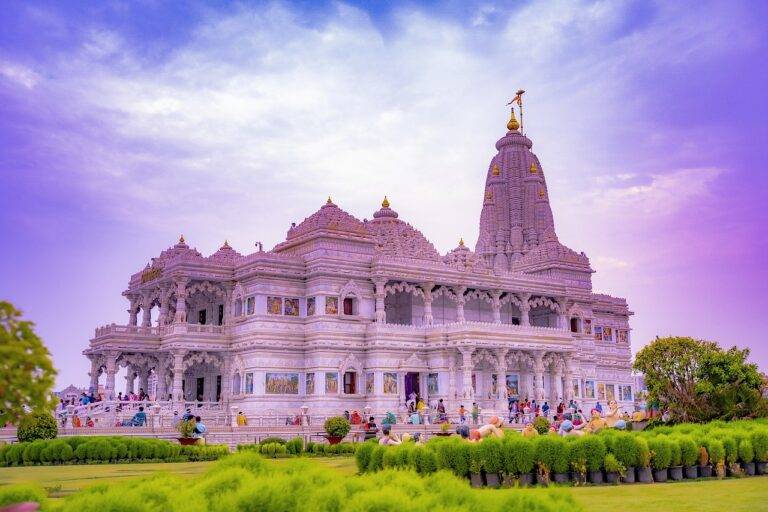How Political Parties Engage With Grassroots Movements
Political parties and grassroots movements play crucial roles in shaping the political landscape of a country. Political parties are formal organizations that aim to gain power through elections and govern the country, while grassroots movements are decentralized, bottom-up initiatives that mobilize citizens around specific social or political issues. These movements often advocate for change, raise awareness, and push for policy reforms from the ground up.
Both political parties and grassroots movements are essential components of a functioning democracy. While political parties provide a structured platform for individuals to participate in the political process and engage with governance at a national level, grassroots movements focus on local communities and address specific concerns that might not be adequately represented by mainstream parties. By working in conjunction, these two entities can bring about meaningful change and ensure that diverse voices are heard in the political sphere.
Understanding the Role of Grassroots Movements in Political Parties
Grassroots movements play a crucial role in shaping the direction and priorities of political parties. These movements are often driven by passionate individuals who seek to advocate for change from the ground up. By mobilizing local communities and engaging with a diverse range of voices, grassroots movements provide political parties with valuable insights into the needs and concerns of the people they represent. Additionally, grassroots movements have the power to hold political parties accountable and push for a more inclusive and responsive political system.
Furthermore, grassroots movements serve as a bridge between ordinary citizens and the formal structures of political parties. They offer a platform for individuals to participate in the political process and make their voices heard on issues that matter to them. Through grassroots organizing and advocacy, political parties can better connect with the grassroots level, ensuring that their policies and platforms are reflective of the desires and aspirations of the broader population they aim to serve. This symbiotic relationship between grassroots movements and political parties is essential for fostering a healthy and participatory democracy.
Strategies Used by Political Parties to Connect with Grassroots Movements
Political parties employ various strategies to foster connections with grassroots movements. One common approach is the organization of town hall meetings and community forums where party representatives can engage directly with local activists and residents. These events provide a platform for dialogue, idea-sharing, and relationship-building, allowing parties to better understand the concerns and priorities of grassroots groups.
Furthermore, political parties often establish grassroots outreach teams that are tasked with building relationships and mobilizing support at the local level. By having dedicated teams focused on engaging with activists and community leaders, parties can ensure that their message resonates with grassroots movements. These outreach efforts help to create a sense of inclusivity and collaboration, strengthening the bond between political parties and grassroots activists.





